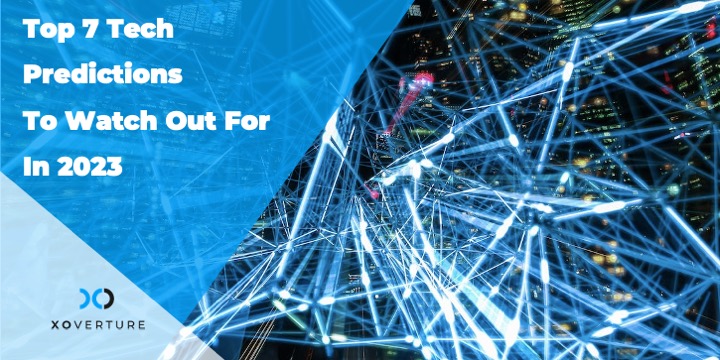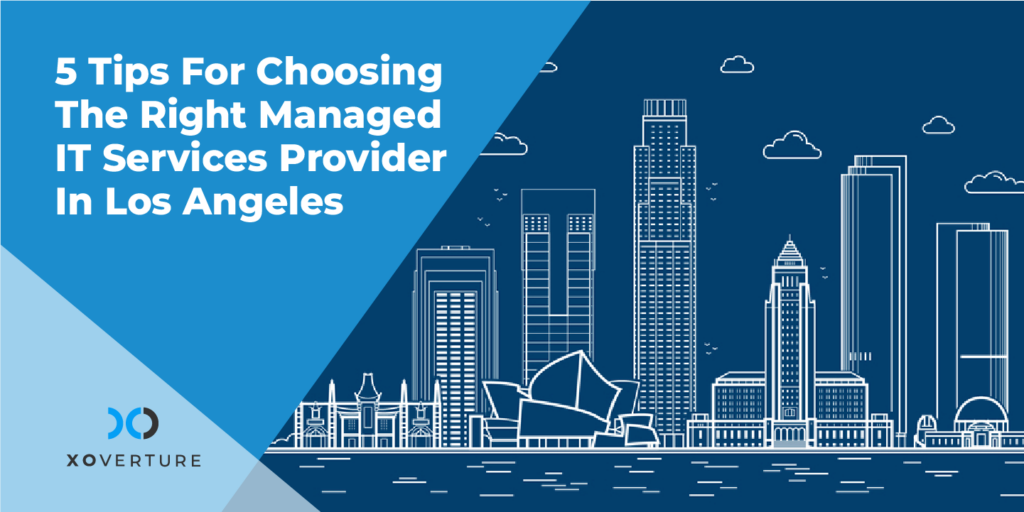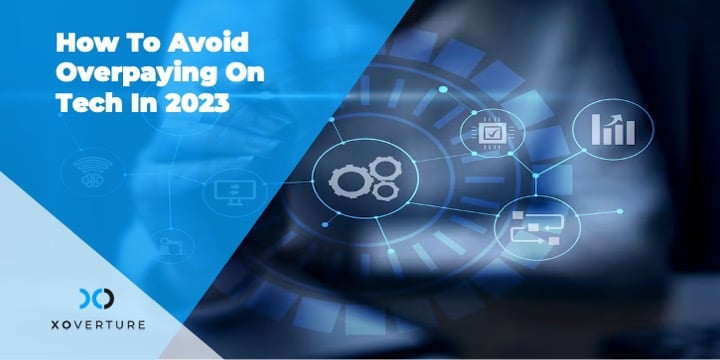Technology is still one of the biggest factors influencing how the world is evolving, developing at a rapid pace, and defining what the future will look like. Most companies are accelerating technology to help reimagine their business, improve the lives of their customers, and make our world a better place to live. For the year 2023, here are a few tech predictions.
# 1 Cloud Migration / Repatriation will Continue
A lot of businesses switched from on-premise data centers to the cloud due to events that changed the world during the past two or more years. The move to the cloud will continue, but many businesses will soon find that doing so was neither a one-size-fits-all nor a permanent fix for the availability of application issues.
Companies will leverage clustering software as a result of the need for high availability of stateful applications in the cloud. Systems that have been repatriated will make use of techniques that reduce vendor churn and the need for multiple application availability providers.
#2 5G Network Taking Over
Due to its high throughput and ultralow latency, 5G is able to access a number of high-value areas, such as 3D robotic control, digital twin, and more, that were previously inaccessible by previous mobile communication technologies, thus creating a completely new market opportunity.
In the past years, many applications in the gaming, educational, and industrial sectors have been made possible by combining 5G’s capabilities with AR/VR. This is just the beginning of how 5G will ultimately transform and expedite advancements in sectors like the automotive, entertainment, computing, manufacturing, and ultimately how we work and live. Let us wait and watch to see how things pan out in the 5G sector.
#3 Better Hybrid Multi-cloud Experience for Companies
As more services migrate from on-prem to the cloud, the hybrid multi-cloud will grow in prominence. Although the steady move to the cloud is not surprising, ongoing supply chain issues are compelling buyers to seek beyond on-premises hardware to ease procurement challenges.
Moving forward, more companies are adopting the multi-cloud strategy. Many businesses have realized, meanwhile, that the complexity and uncontrolled cloud sprawl, silos, disparate environments, security issues, and escalating prices prevent their cloud from performing to its full potential.
In 2023 and beyond, more businesses will adopt a strategic strategy that seamlessly connects a variety of on-premises and cloud settings. Enterprises will use a unified control plane in the next phase of the evolved cloud to reduce management complexity, stay safe from growing cyber threats, be sustainable, and save costs through automation, whether their data is in the cloud or on-prem. This will enable organizations to concentrate on innovation and grow their businesses.
#4 The Advent of Transparent Data Encryption (TDE)
Data encryption will become a standard practice as large firms, particularly those in the financial services industry, who have hastened their migration to the cloud, grow more concerned about data security.
TDE significantly improves data security by encrypting data at the database level. It provides full control to the DBA while preventing unauthorized access to customer data. It can help protect sensitive information and other cloud data assets from accidental disclosure and unauthorized access by threat actors lacking the requisite decryption keys.
Overall, this aids businesses in developing a security architecture that reduces the number of threats that could result in a security breach.
#5 The Internet Of Things
In the coming year, the global adoption of IoT-based smart consumption devices will also start to accelerate. The new observability capabilities that these devices offer for both homes and enterprises will result in the next round of advancements. Imagine the energy savings we could get by installing energy-saving technologies everywhere.
Since we have finally reached the point where our technological solutions can address our crisis, we will witness a rapid convergence of all forms of smart energy technologies over the coming years. While it may not have the immediate effects that we all hope it will when these technologies are combined, they will fundamentally and forever change how we create, store, and use energy in the future.
#6 Wider Adoption of ERPs in the Cloud
Enterprise ERP systems, particularly those in manufacturing, financial services, and retail industries are common among large enterprises.
The use of enterprise ERP systems in medium-sized enterprises will increase, and more ERP systems will migrate to the cloud in 2023. Businesses have been reluctant to shift their ERP systems to the cloud because they are worried about the increased cost, complexity, and risk of downtime. But as cloud computing has evolved and has become the de facto platform for ERP systems, it has become increasingly common to deploy advanced clustering software.
Now that ERP systems are cloud-based, smaller businesses across a wider range of industries can use them.
#7 Custom Silicon/Chips
The use of purpose-built chips has been increasing steadily over the past year, and according to IT experts, this trend will continue in 2023. Due to workloads utilizing hardware enhancements that maximize performance while minimizing energy consumption and increasing cost, innovation will happen faster.
Bottom Line
2022’s roller-coaster ride is coming to an end, and the race to embrace the best technology is at its peak. The next wave of innovations is making its way into all industries to solve the tough tech challenges that dominate our daily lives.
That’s a wrap — see you in 2023!




